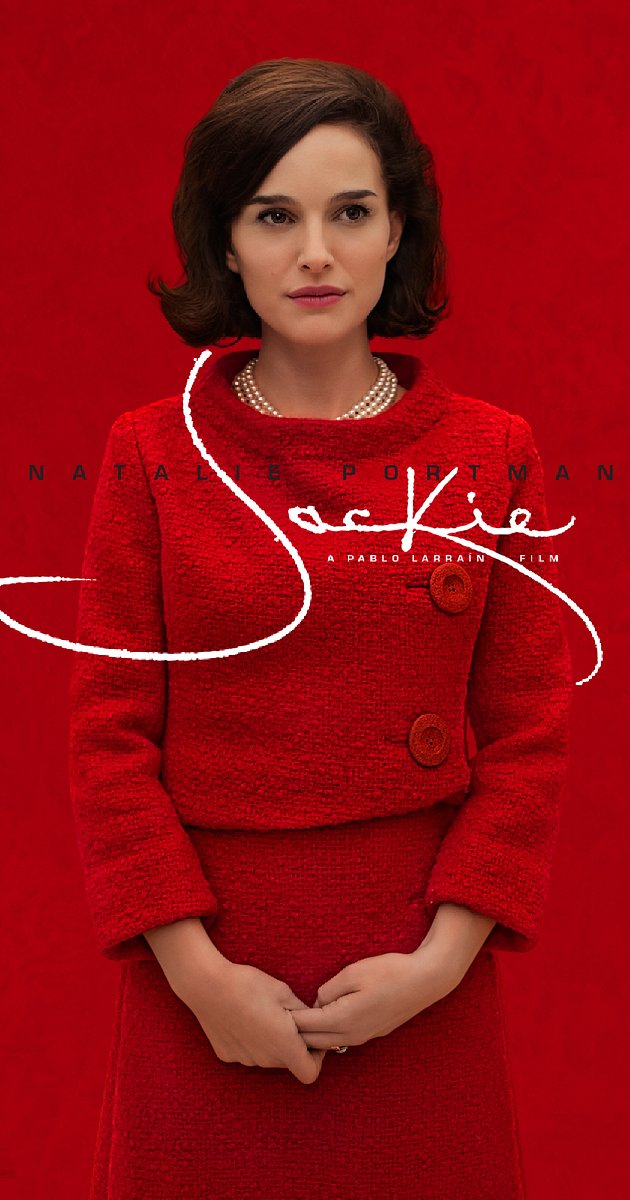Jackie
3 out of 4 stars
By Bayard Lewis
Published 3/12/17
In the days following JFK’s assassination in 1963, America looked to their surrogate mother for guidance on how to process the shock and grief of losing their leader. “Jackie” tells a different kind of narrative that jumps back and forth in time between Jackie’s interview with a reporter a week after the tragedy and the moments of the shooting.
We sympathize with her obsessions about how her husband’s funeral would be remembered by the public and whether or not should would make a public appearance with her children. People close to her were pushing her to stay out of the public’s eye, but she knew that was not enough. Natalie Portman takes on the persona of Jackie, donning a unique accent and a role that was probably more demanding than anything in her career so far.
The acting here is both the best of times and the worst of times. The filmmakers have painstakingly recreated the White House tour that was broadcast for millions to see in 1961. The tour was emulated shot-for-shot, which creates an opportunity to step back in time, but it makes Portman’s acting here feel wooden and often forced. She might be concentrating on too many things at once: maintaining a difficult accent, moving on exact marks, and mimicking Jackie’s body language.
Peter Sarsgaard as Bobby Kennedy provides a more subdued reaction to familial death. He places blame on himself for the sequence of events that lead to the parade in Dallas. Sarsgaard expresses a great deal of inner turmoil that only comes out brief moments of frustration. The only thing really lacking is Bobby’s missing accent. In the scenes where he and Portman are talking, his normal speaking voice paired with her crafted accent is distracting.
The camera work is compelling, with mostly subdued color tones that echo another time. For the White House tour shots, a special camera was used that created a grainy appearance to match the broadcast television footage from that era. The up close moments of Jackie’s face during her pain and the atmospheric walk through the cemetery to chose JFK’s resting spot are just a few of the moments where the camera successfully pulls us into her universe.
The strongest moments capture Jackie facing her sorrow alone and Portman is strongest here. She weeps in front of a mirror while wiping blood from her face and the extended cut for this shot made me feel uncomfortable, as if I needed to reach out and console her. Back at the white house she slowly sheds her bloody clothing and while showering her tears mingle with droplets of water, a sequence that only works in this length in an art film.
A lot of risks have been taken in telling Jackie’s story of pain following her husband’s death. Chilean director Pablo LarraÃn creates a vision of her world that is filled with extended human moments that are difficult to watch. Since he is viewing her story without the framework of an American, there is creative freedom to find his own perspective about what she went through as a widow, mother, and as a beloved public figure.




Leave a Reply